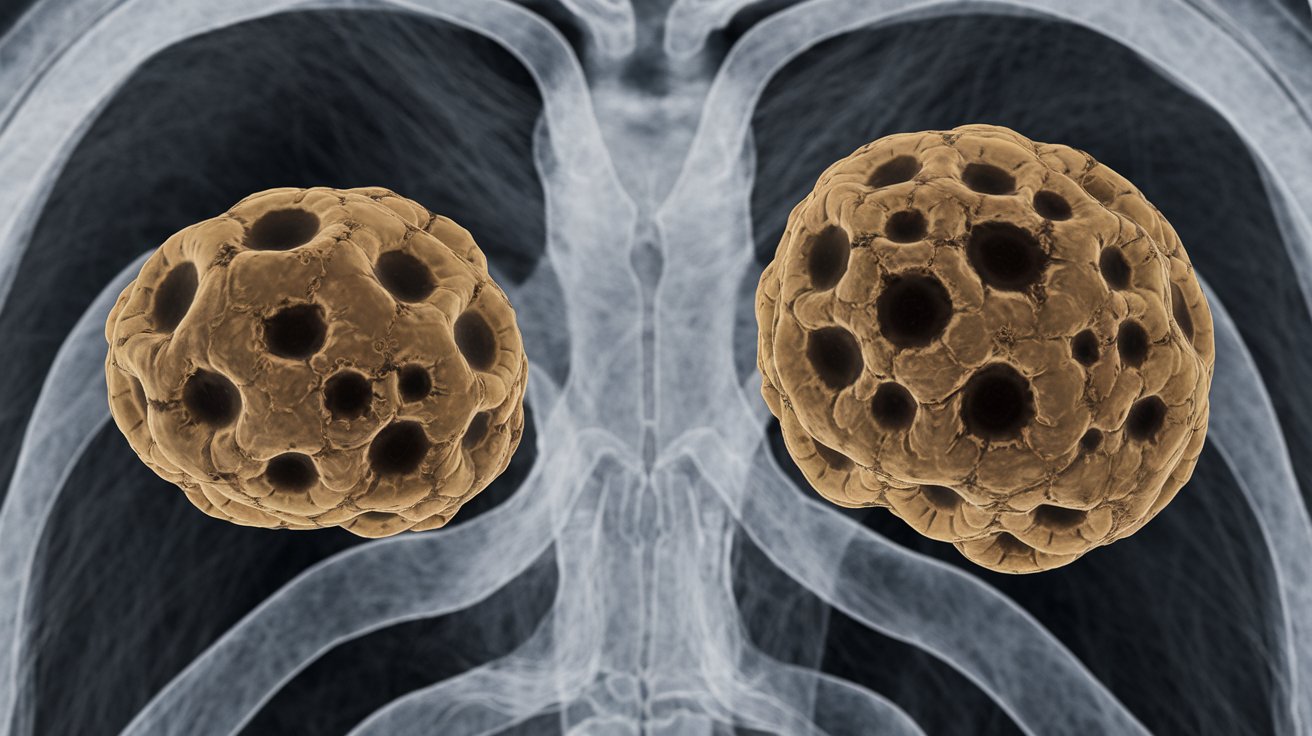
Primary Pigmented Nodular Adrenocortical Disease (PPNAD) is a rare condition affecting the adrenal glands, leading to excessive hormone production. This disorder often results in Cushing's syndrome, characterized by weight gain, high blood pressure, and skin changes. PPNAD can be part of a genetic syndrome called Carney Complex, which includes other symptoms like heart tumors and skin pigmentation. Diagnosing PPNAD involves imaging tests, hormone level assessments, and sometimes genetic testing. Treatment usually requires surgery to remove the affected adrenal glands. Understanding PPNAD is crucial for managing its symptoms and improving patient outcomes. Here are 30 essential facts about this rare but impactful disease.
Key Takeaways:
- PPNAD is a rare genetic condition that affects the adrenal glands, causing symptoms like weight gain, high blood pressure, and easy bruising. Early diagnosis and treatment are crucial for managing the disease.
- Treatment for PPNAD may involve surgery, medications, and hormone replacement therapy. Lifestyle changes, such as a healthy diet and regular exercise, can also help manage symptoms and improve overall well-being.
What is Primary Pigmented Nodular Adrenocortical Disease?
Primary Pigmented Nodular Adrenocortical Disease (PPNAD) is a rare condition affecting the adrenal glands. These glands produce hormones that regulate metabolism, immune system, blood pressure, and other essential functions. PPNAD is often associated with Cushing's syndrome, a disorder caused by high cortisol levels.
- PPNAD is a genetic disorder, often inherited in an autosomal dominant pattern.
- It primarily affects the adrenal glands, causing small, pigmented nodules to form.
- These nodules can lead to overproduction of cortisol, a hormone that helps the body respond to stress.
- PPNAD is part of a group of diseases known as adrenal hyperplasias.
- It is often linked to Carney complex, a genetic syndrome that includes skin pigmentation, myxomas, and endocrine tumors.
Symptoms of PPNAD
Recognizing the symptoms of PPNAD can be challenging due to their overlap with other conditions. However, certain signs are more indicative of this disease.
- Common symptoms include weight gain, particularly around the abdomen and face.
- Patients may experience high blood pressure due to excess cortisol.
- Muscle weakness and fatigue are frequent complaints.
- Skin changes, such as easy bruising and purple stretch marks, are typical.
- Women might notice irregular menstrual cycles or excessive hair growth.
Diagnosis of PPNAD
Diagnosing PPNAD involves a combination of clinical evaluation, imaging studies, and genetic testing. Early detection is crucial for effective management.
- Blood tests measuring cortisol levels are often the first step.
- Imaging studies like CT scans or MRIs can reveal adrenal gland abnormalities.
- Genetic testing can identify mutations in the PRKAR1A gene, commonly associated with PPNAD.
- A dexamethasone suppression test helps differentiate PPNAD from other causes of Cushing's syndrome.
- Family history plays a significant role in diagnosing this hereditary condition.
Treatment Options for PPNAD
Managing PPNAD typically involves addressing the excess cortisol production and its effects on the body. Treatment plans are tailored to individual needs.
- Surgical removal of the adrenal glands (adrenalectomy) is a common treatment.
- Medications that inhibit cortisol production may be prescribed.
- Hormone replacement therapy is necessary after adrenalectomy to maintain normal hormone levels.
- Regular monitoring of hormone levels is essential to adjust treatment as needed.
- Lifestyle changes, such as a healthy diet and regular exercise, can help manage symptoms.
Complications Associated with PPNAD
If left untreated, PPNAD can lead to severe health issues. Understanding potential complications underscores the importance of early intervention.
- Chronic high cortisol levels can cause osteoporosis, increasing fracture risk.
- Cardiovascular problems, including heart disease and stroke, are more likely.
- Diabetes may develop due to insulin resistance caused by excess cortisol.
- Mental health issues, such as depression and anxiety, are common.
- Untreated PPNAD can lead to adrenal crisis, a life-threatening condition requiring immediate medical attention.
Research and Future Directions
Ongoing research aims to improve understanding and treatment of PPNAD. Advances in genetics and endocrinology hold promise for better outcomes.
- Studies are exploring new medications to more effectively control cortisol levels.
- Genetic research is identifying additional mutations linked to PPNAD.
- Improved imaging techniques are enhancing early detection and diagnosis.
- Researchers are investigating the role of lifestyle factors in managing PPNAD.
- Clinical trials are testing innovative therapies to reduce the burden of this rare disease.
Final Thoughts on Primary Pigmented Nodular Adrenocortical Disease
Primary Pigmented Nodular Adrenocortical Disease (PPNAD) is a rare condition that affects the adrenal glands, leading to overproduction of cortisol. This can cause symptoms like weight gain, high blood pressure, and diabetes. Understanding PPNAD is crucial for early diagnosis and effective treatment. Genetic mutations, particularly in the PRKAR1A gene, play a significant role in its development. Regular monitoring and medical intervention can help manage symptoms and improve quality of life. Awareness and education about PPNAD can lead to better outcomes for those affected. If you or someone you know shows symptoms, consult a healthcare professional for proper evaluation. Knowledge is power when dealing with rare diseases like PPNAD. Stay informed, stay proactive, and take control of your health.
Frequently Asked Questions
Was this page helpful?
Our commitment to delivering trustworthy and engaging content is at the heart of what we do. Each fact on our site is contributed by real users like you, bringing a wealth of diverse insights and information. To ensure the highest standards of accuracy and reliability, our dedicated editors meticulously review each submission. This process guarantees that the facts we share are not only fascinating but also credible. Trust in our commitment to quality and authenticity as you explore and learn with us.


